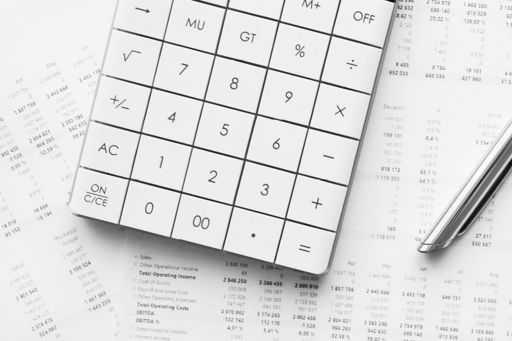On 4 September 2025, the Court of Justice of the European Union (CJEU) delivered its judgment in Case C-726/23, involving SC Arcomet Towercranes SRL. The case centres on the VAT treatment of transfer pricing adjustments between a Romanian group entity and its Belgian head office. The Court ruled that non-transactional profit adjustments arising from intra-group arrangements, calculated using the transactional net margin method, fall within the scope of VAT. Additionally, the CJEU clarified that tax authorities can require supplementary documentation, beyond invoices, to substantiate the right to deduct input VAT.
Background
SC Arcomet Towercranes SRL (hereinafter “Arcomet Romania”) is part of the international Arcomet Group, which operates in the crane rental and sale sector. The group’s Belgian parent company, Arcomet Service NV (hereinafter “Arcomet Belgium”), is responsible for sourcing suppliers and negotiating contractual terms for its subsidiaries, including Arcomet Romania, while the Romanian entity purchases or rents cranes to resell or rent them to local customers.
Following a transfer pricing study, the Belgian head office issued three invoices to adjust profits adopting the transactional net margin method, one of the OECD-recommended transfer pricing methods, for the calendar years 2011, 2012 and 2013. The Romanian entity declared the first two invoices as intra-Community acquisitions of services, subject to VAT under the reverse charge mechanism, but considered the third invoice as outside the scope of VAT. The Romanian tax authorities denied the subsidiary’s right to deduct input VAT, stating that, because no evidence was provided, it was not proven that the services were actually rendered or necessary.
Questions submitted to the Court
The Court of Appeal in Bucharest referred two questions to the CJEU, the main question being whether the amount billed by one company to a related company, calculated according to the OECD margin principles to align profit with performed activities and assumed risks, should be treated as payment for a service and thus fall within the scope of VAT. The second question relates to the additional documentation, beyond standard invoices, tax authorities can request, justifying the right to deduct VAT (e.g. activity reports).
Judgment of the Court
The CJEU confirms the AG’s opinion with respect to both questions. Related to the first question, the court ruled that a remuneration paid by a subsidiary to its parent company, constitutes a consideration for a supply of services within the meaning of Article 2(1)(c) of the VAT Directive. The Court states that the Belgian head office supplied support services to the Romanian subsidiary, for which a remuneration is paid by the Romanian entity. Hence, there is a direct link between the services rendered and the remuneration received. Furthermore, the Court adds that the «remuneration is neither voluntary nor uncertain, nor is the amount thereof difficult to quantify». Regarding the second question, the CJEU clarified that a company must meet both formal and substantive conditions to deduct VAT. The tax authorities can request additional documents, apart from the invoice, to verify whether the services were actually supplied and used for taxable transactions, as long as the evidence requested is necessary and proportionate.
Conclusion
This judgement confirms that transfer pricing adjustments should also be considered from a VAT perspective, as they may have an impact. It remains a case-by-case assessment however. The recent attention in different cases before the CJEU on this subject might trigger tax authorities in various EU Member States to take a position after the lack of guidance up until now. Companies are encouraged to verify whether their current transfer pricing set-up is compliant with the VAT principles as potentially the local authorities will integrate this topic in their future audits.
Explore
Connect with us
- Find office locations kpmg.findOfficeLocations
- kpmg.emailUs
- Social media @ KPMG kpmg.socialMedia



